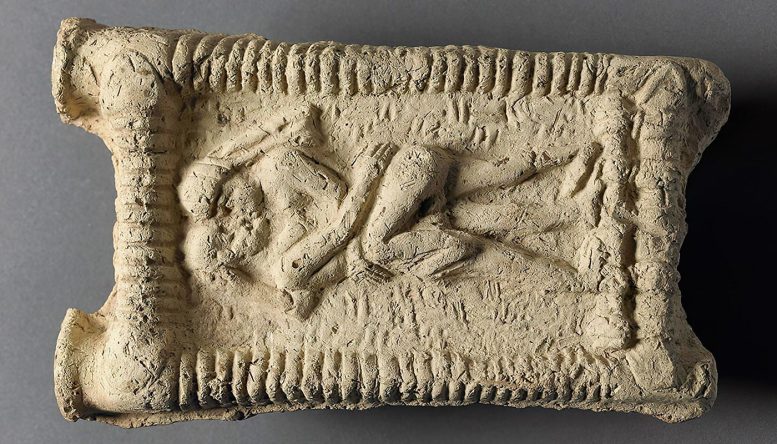
Babylonian clay model showing a nude couple on a couch engaged in sex and kissing. Date: 1800 BC. Credit: © The Trustees of the British Museum
Researchers Troels Arbøll and Sophie Rasmussen have explored the historical impact of romantic-sexual kissing on the spread of orally transmitted diseases like HSV-1. Contradicting the belief that kissing rapidly accelerated disease transmission, they argue that the practice, dating back to 2500 BCE Mesopotamia, has had a long-term influence on disease spread. They also suggest such diseases might have been more prevalent in ancient and prehistoric times than previously believed.
In a Perspective, Troels Arbøll and Sophie Rasmussen review the ancient history of kissing, particularly the emergence of romantic-sexual kissing in Mesopotamia more than 4000 years ago and its role in the evolution and spread of orally transmitted diseases like herpes simplex virus 1 (HSV-1). They say the kiss cannot be regarded as a sudden biological trigger causing a spread of specific pathogens, as some research has recently proposed.
“Evidence indicates that kissing was a common practice in ancient times, potentially representing a constant influence on the spread of orally transmitted microbes, such as HSV-1,” write Arbøll and Rasmussen. Humans generally exhibit two main types of kissing – the friendly-parental kiss and the romantic-sexual kiss.
Although research has suggested that friendly-parental kissing is a ubiquitous behavior among humans across time and geography, romantic-sexual kissing is not culturally universal and tends to occur in stratified societies; Arbøll and Rasmussen highlight a body of overlooked evidence of romantic-sexual kissing occurring in ancient Mesopotamian texts from 2500 BCE.
Beyond its importance for social and sexual behavior, the emergence and act of this form of kissing may have had a secondary, unintended effect on disease transmission. Recent paleogenomics research has shown that common kiss-transmissible pathogens of today, including HSV-1, Epstein-Barr virus, and human parvovirus B19, were present in ancient historical and even prehistorical periods.
Arbøll and Rasmussen review ancient DNA, cultural works of art, and ancient medical records to show that the presence of kissing-transmitted diseases may be more ancient and widespread than some recent studies have suggested.
“It … seems unlikely that kissing would have arisen as an immediate behavioral adaptation in other contemporary societies, which inadvertently accelerated disease transmission,” they say.
This Perspective follows up on the conclusions of a July 2022 study published in Science Advances, which linked a shift in lineages of HSV-1 in ancient humans to the emergence of sexual-kissing behavior during the Bronze Age.
References:
“The ancient history of kissing” by Troels Pank Arbøll and Sophie Lund Rasmussen, 18 May 2023, Science.
DOI: 10.1126/science.adf0512
“Ancient herpes simplex 1 genomes reveal recent viral structure in Eurasia” by Meriam Guellil, Lucy van Dorp, Sarah A. Inskip, Jenna M. Dittmar, Lehti Saag, Kristiina Tambets, Ruoyun Hui, Alice Rose, Eugenia D’Atanasio, Aivar Kriiska, Liivi Varul, A. M. H. C. Koekkelkoren, Rimma D. Goldina, Craig Cessford, Anu Solnik, Mait Metspalu, Johannes Krause, Alexander Herbig, John E. Robb, Charlotte J. Houldcroft, Christiana L. Scheib, 27 July 2022, Science Advances.
DOI: 10.1126/sciadv.abo4435

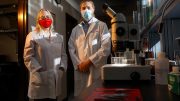
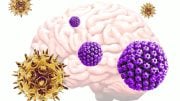
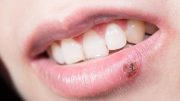

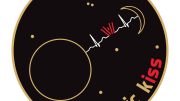
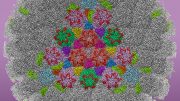


Isn’t overthinking romance like this why many scientists are virgins?